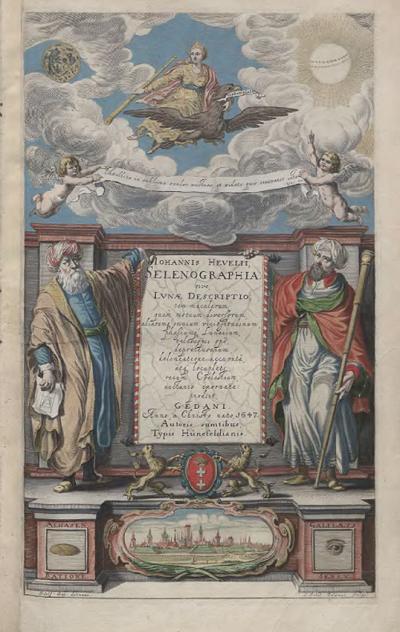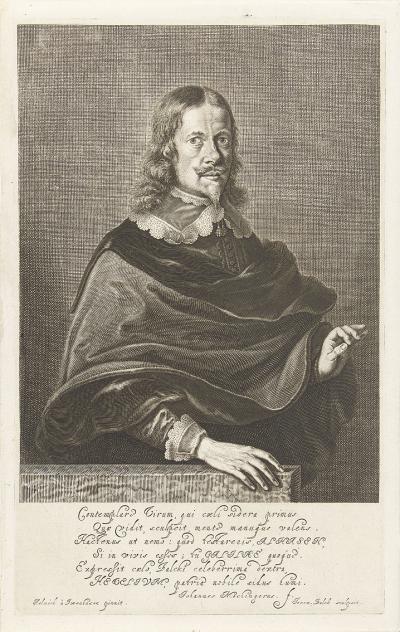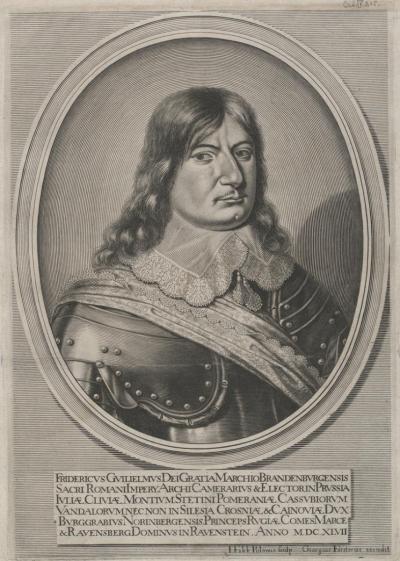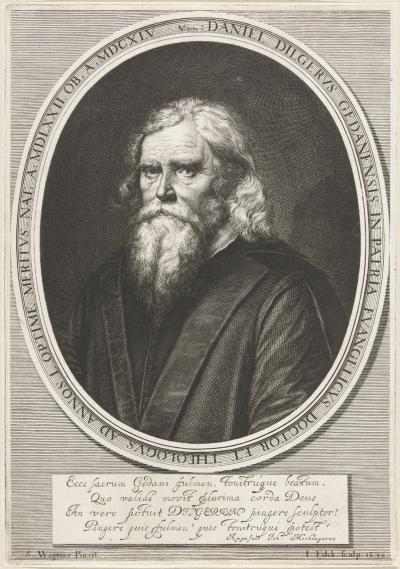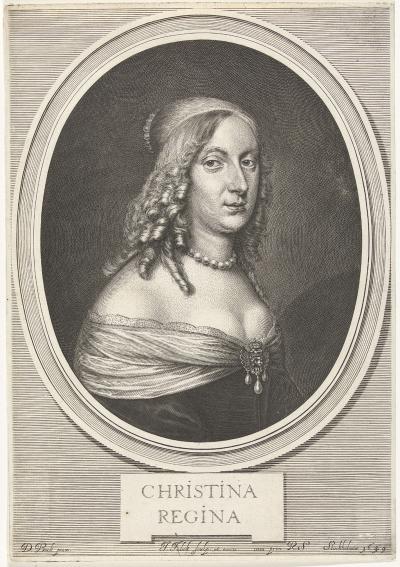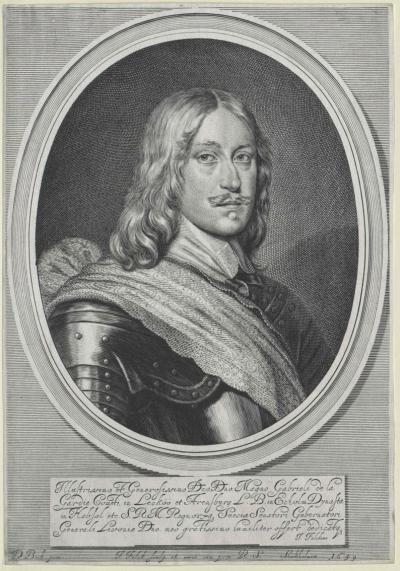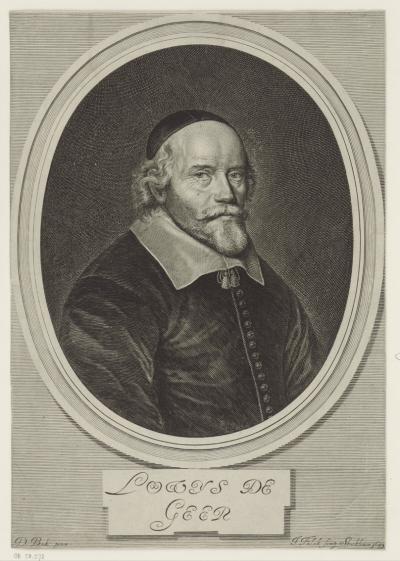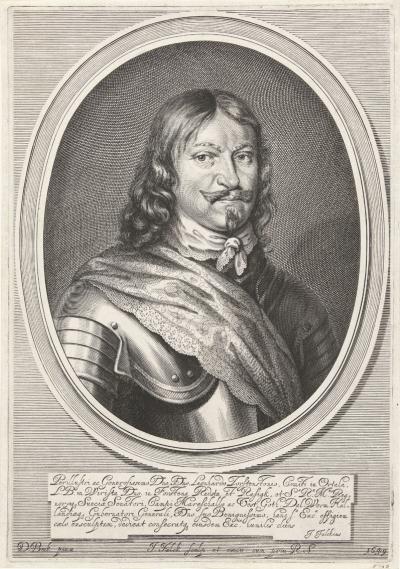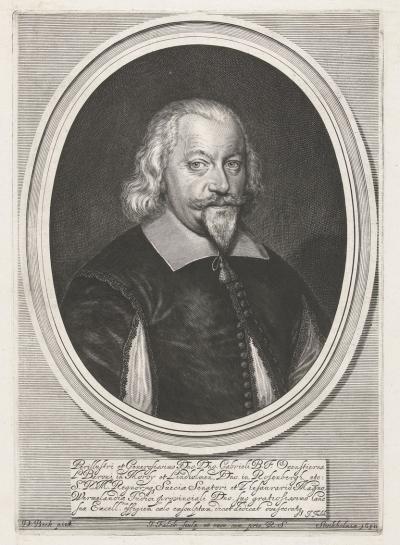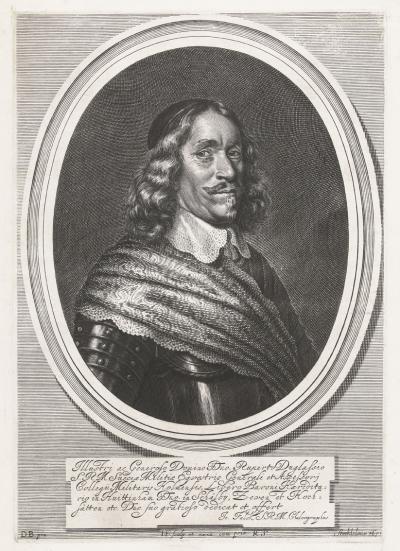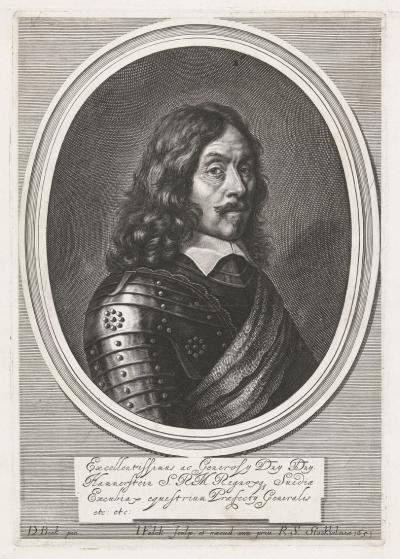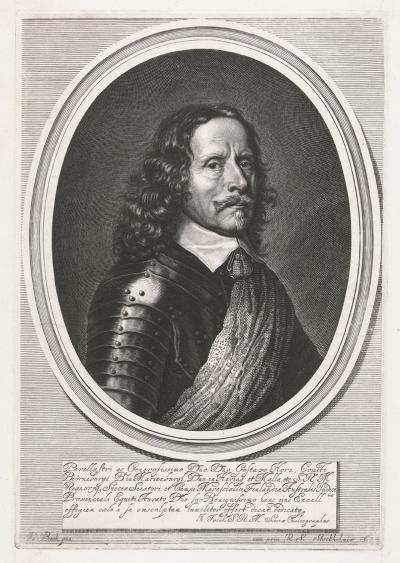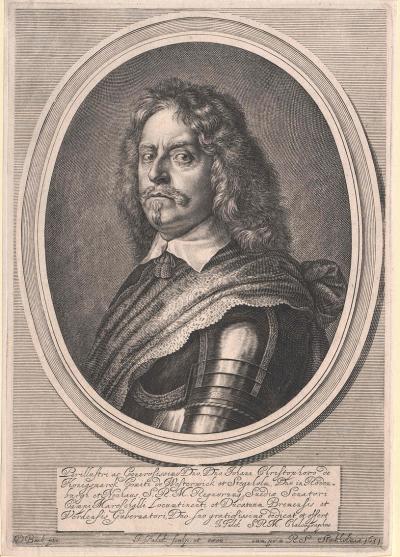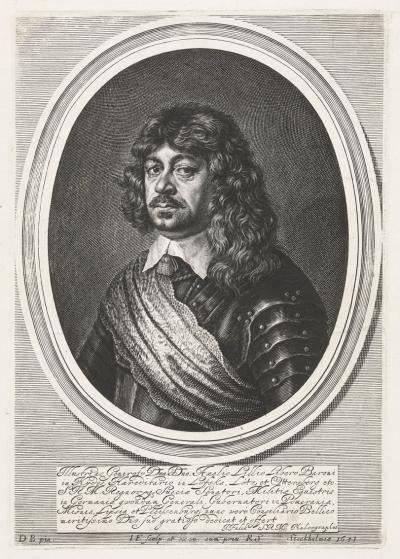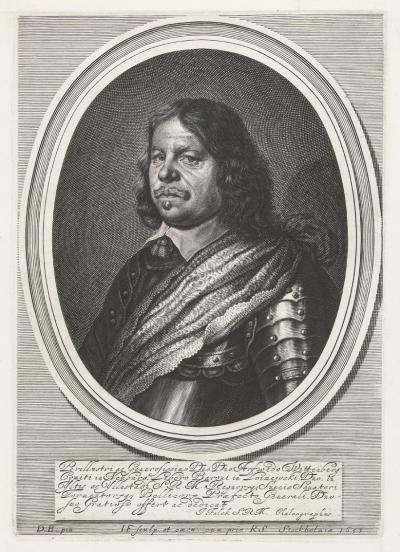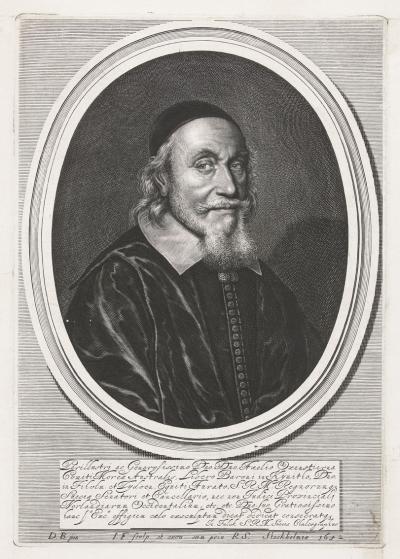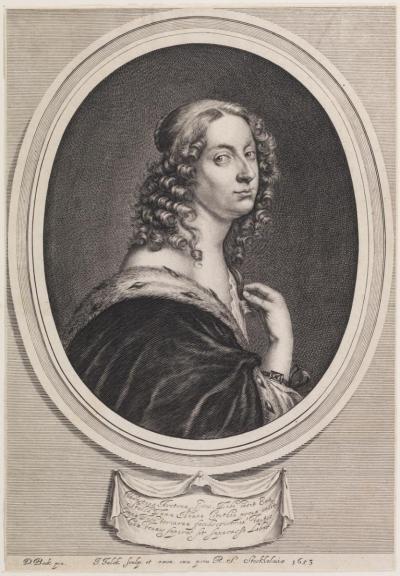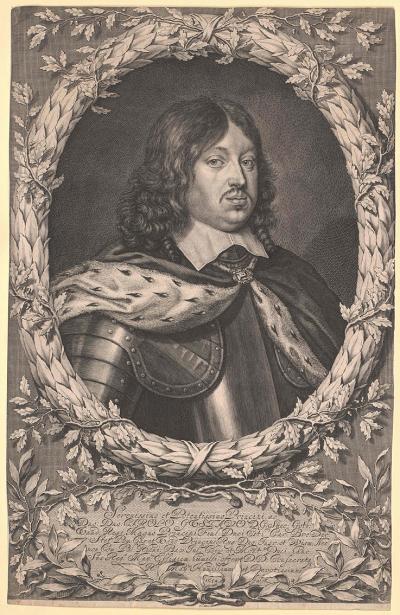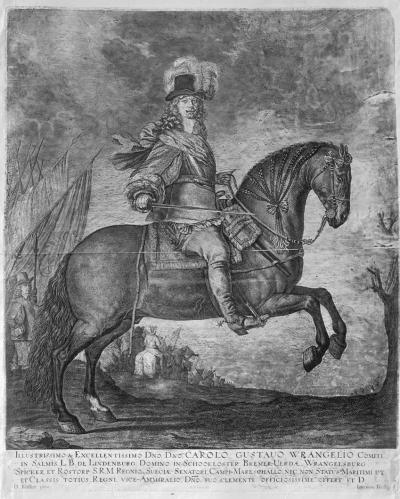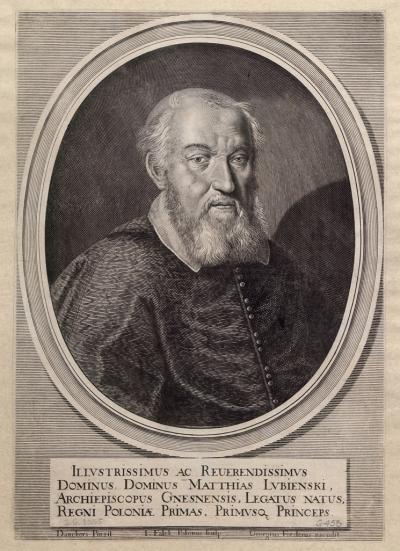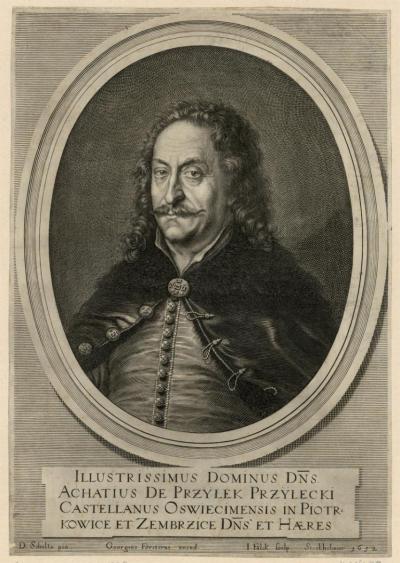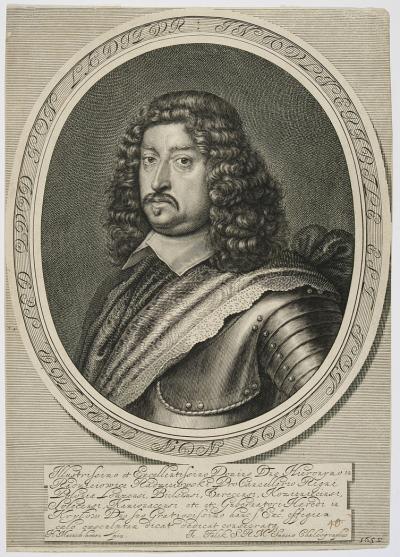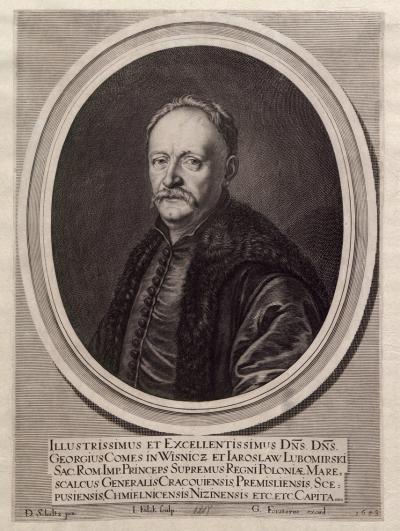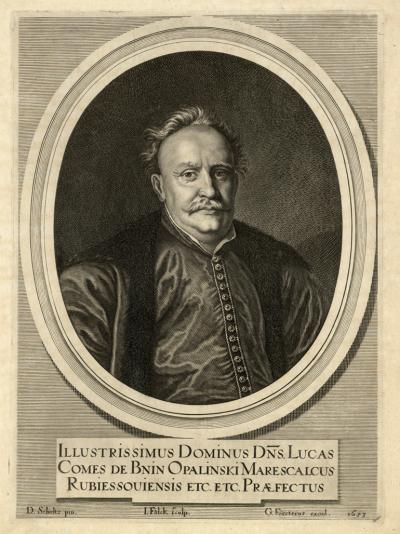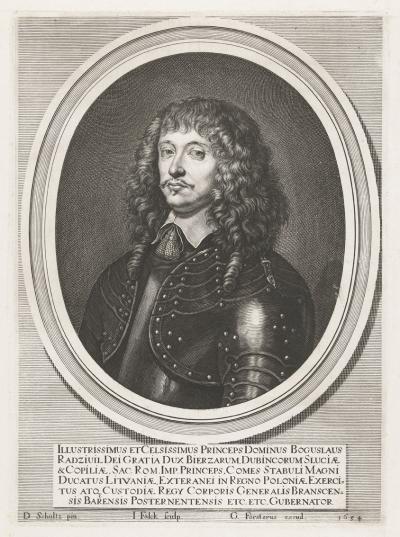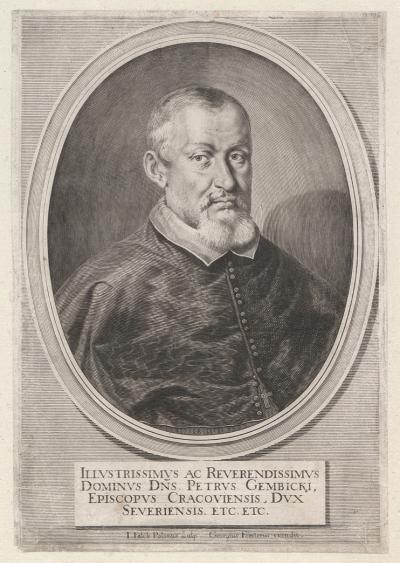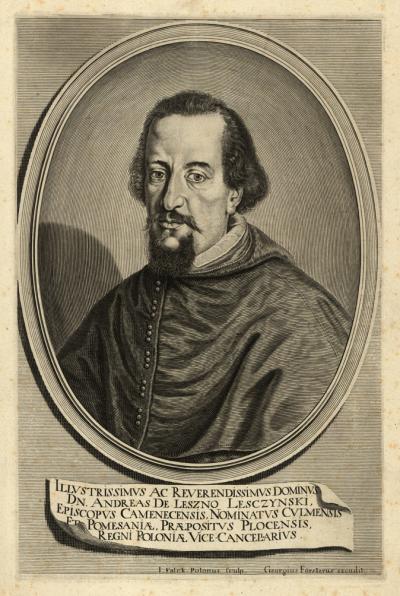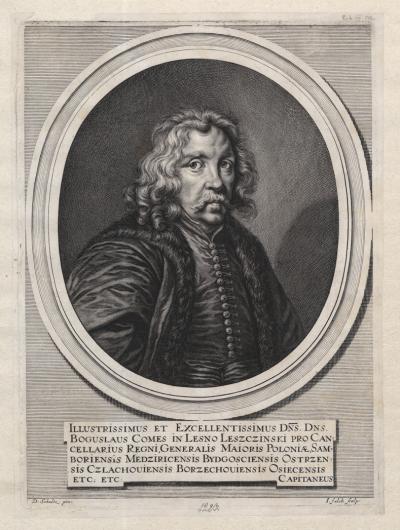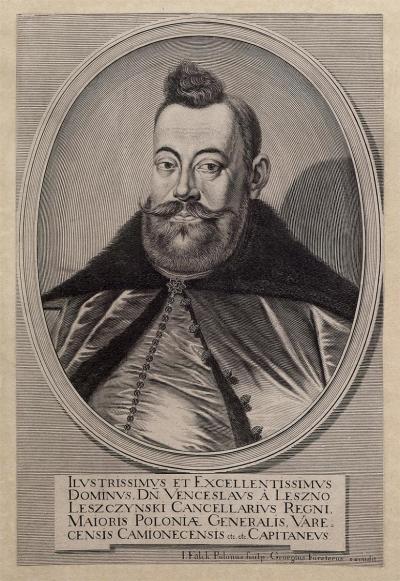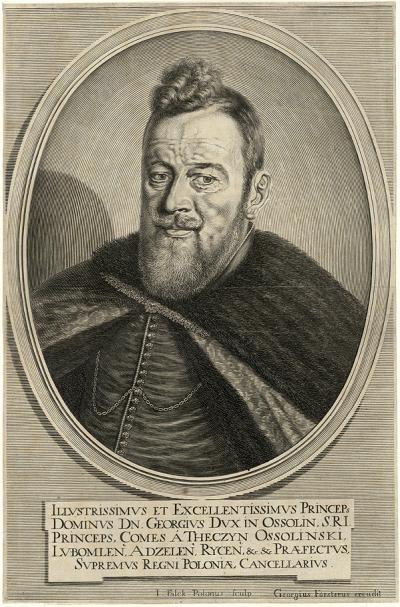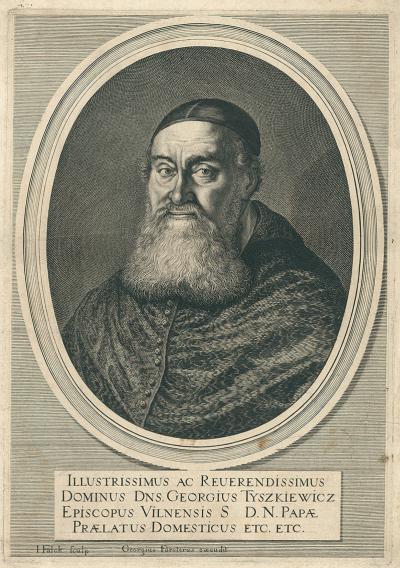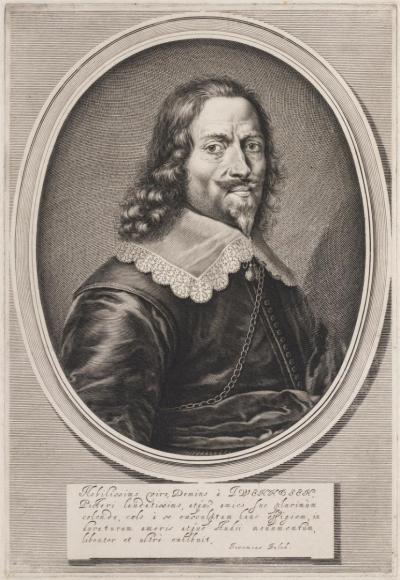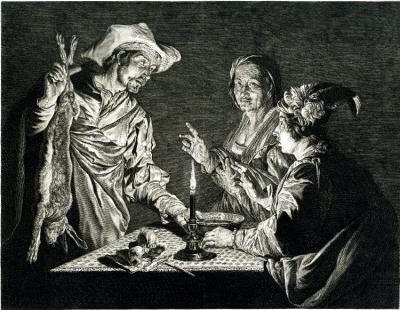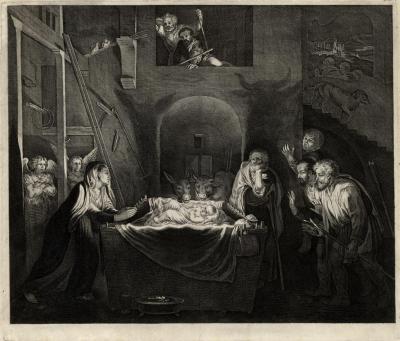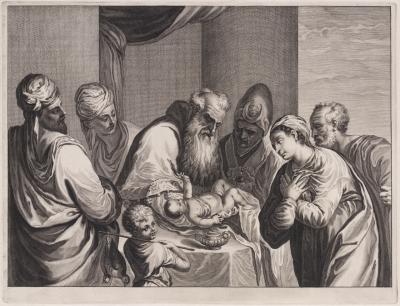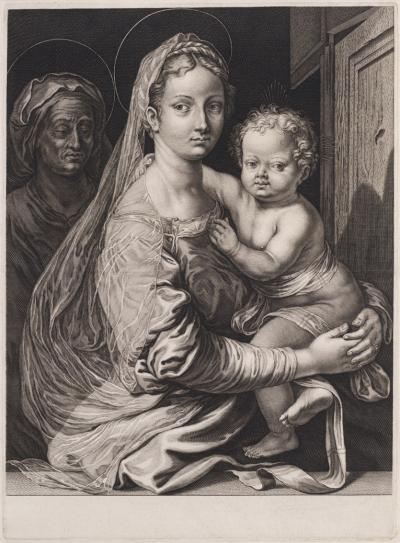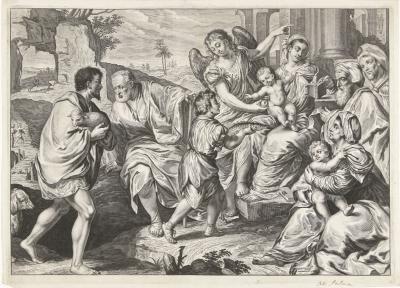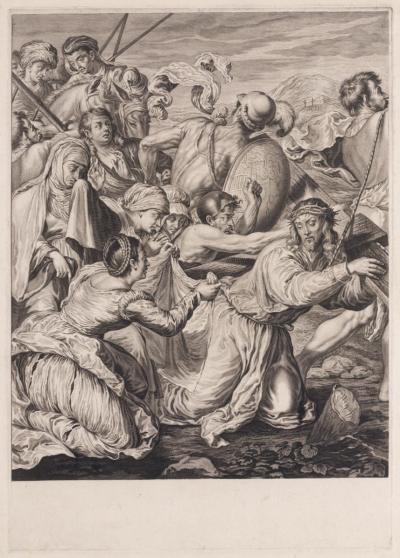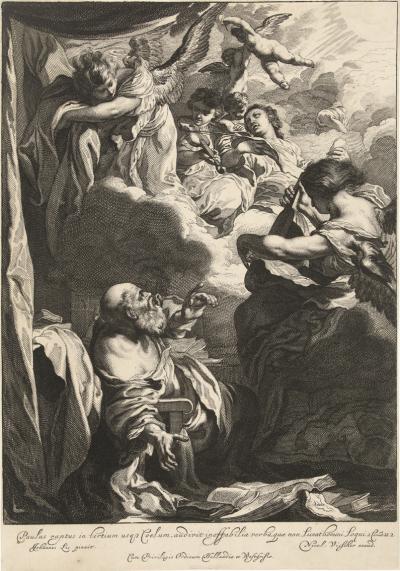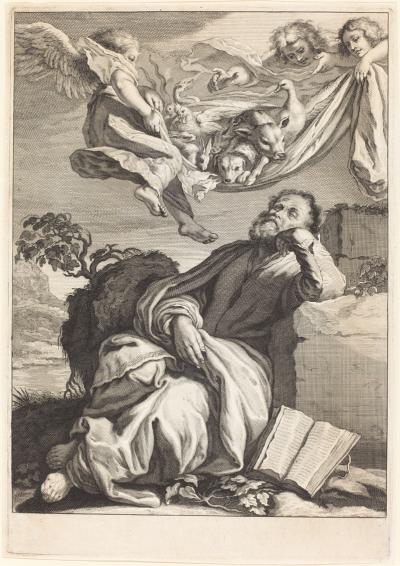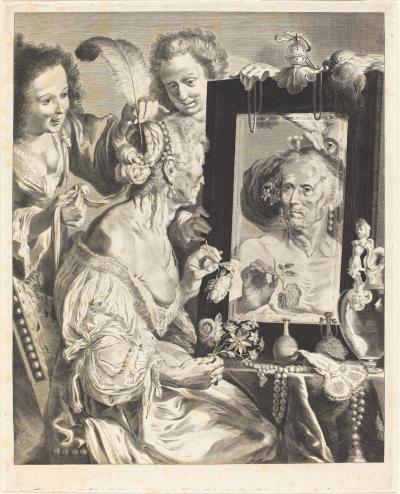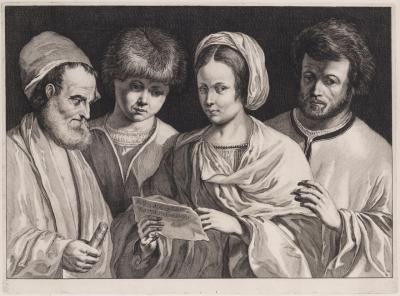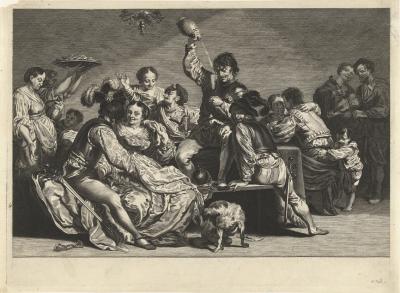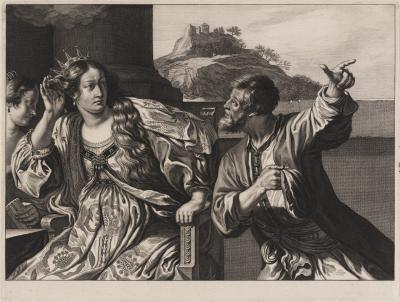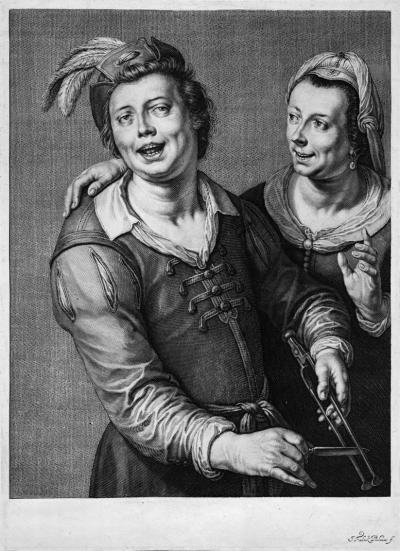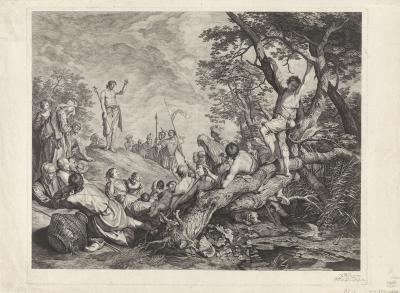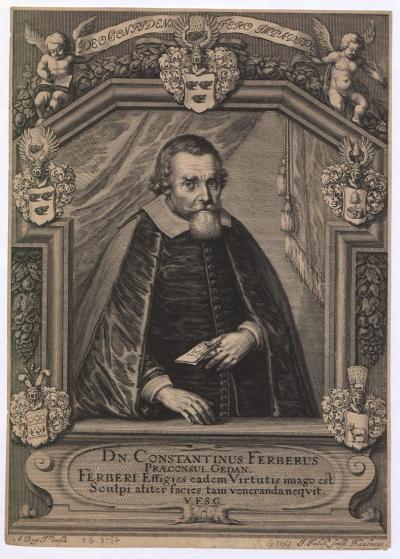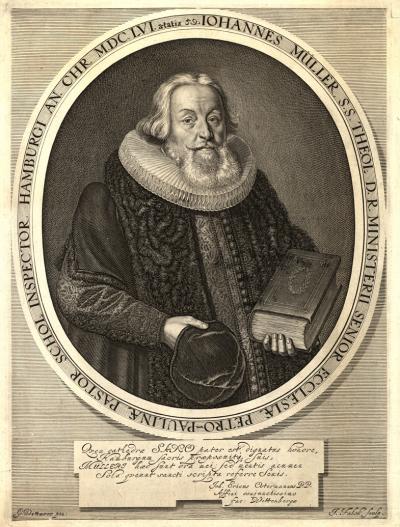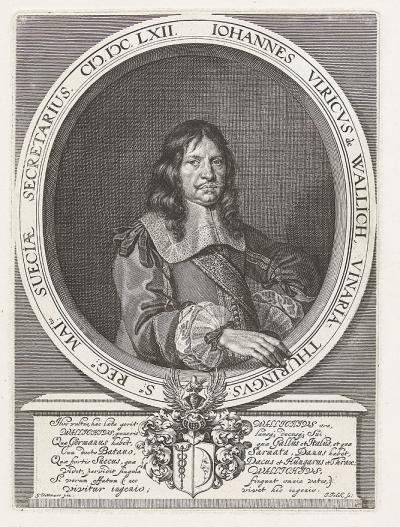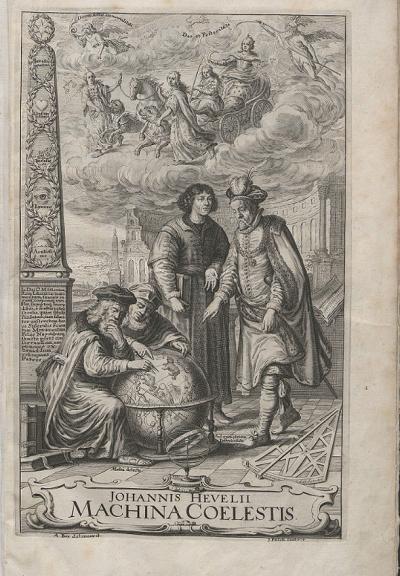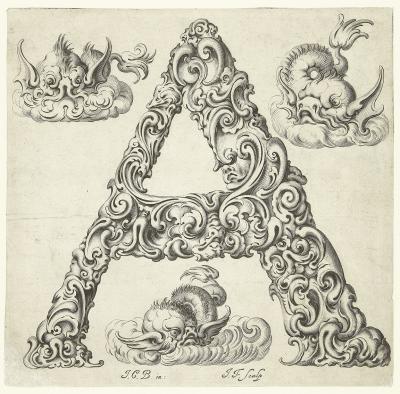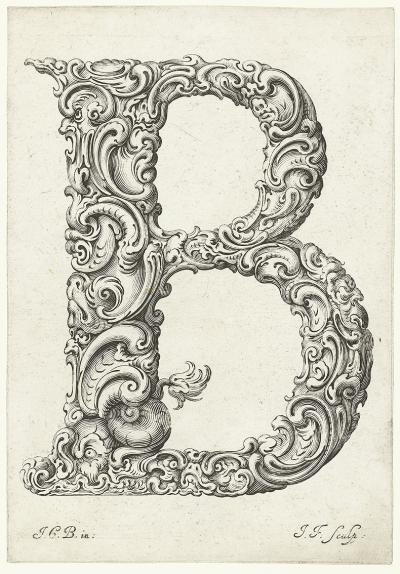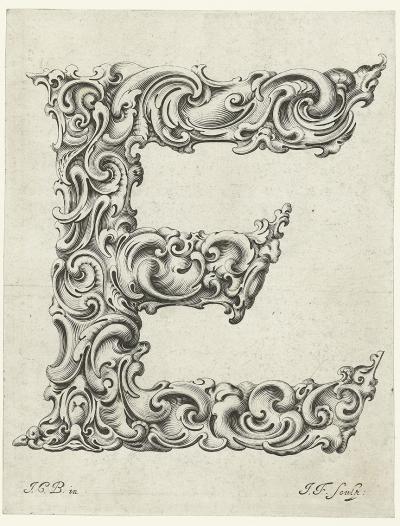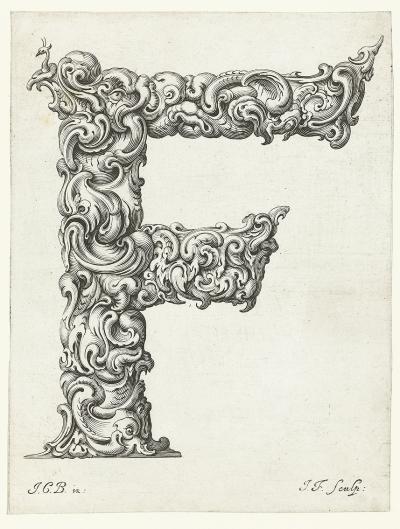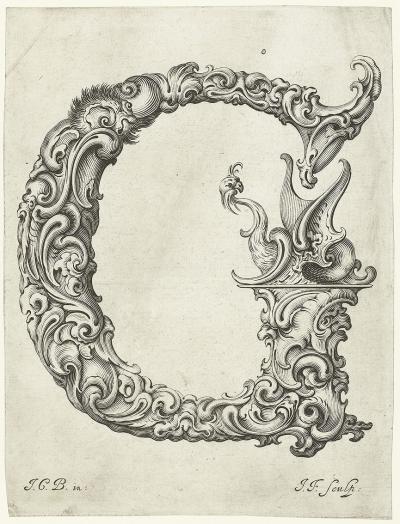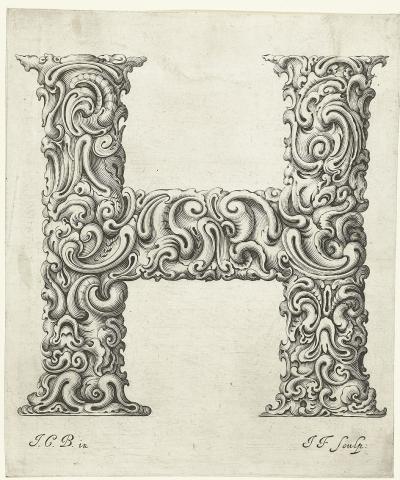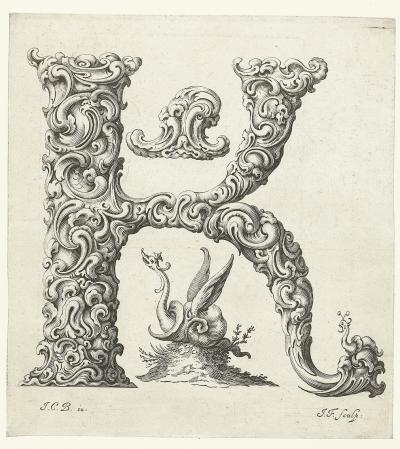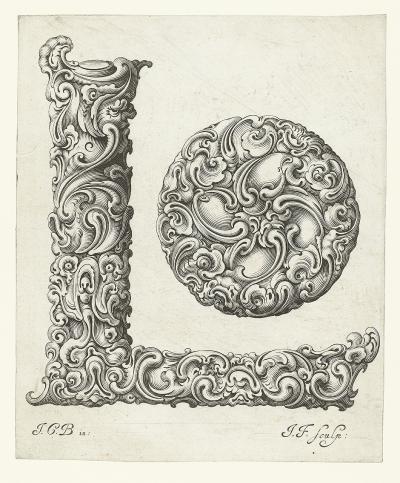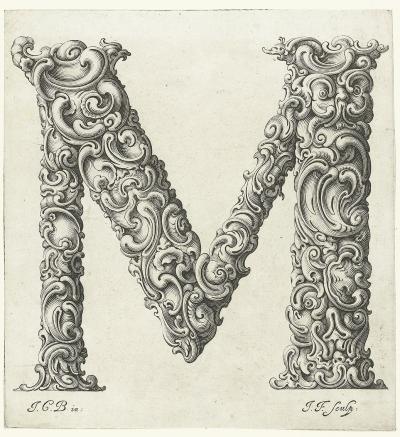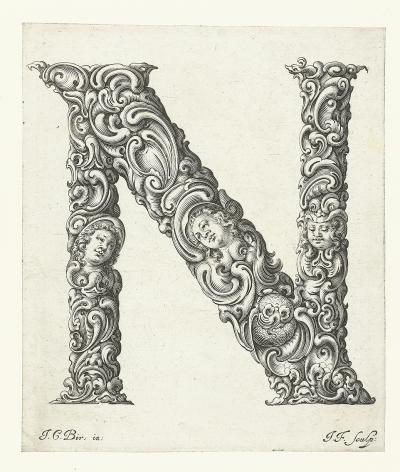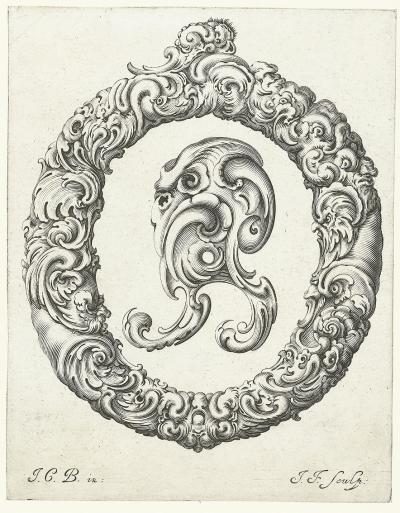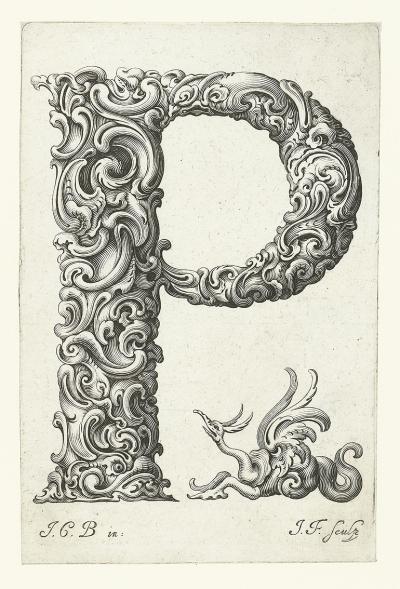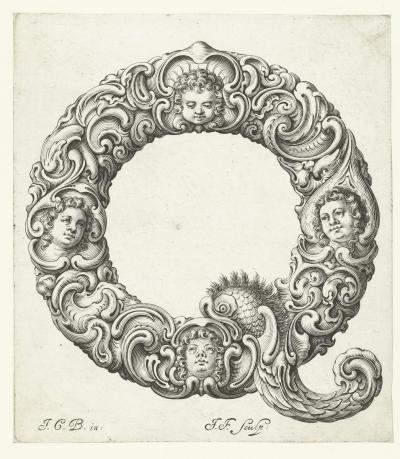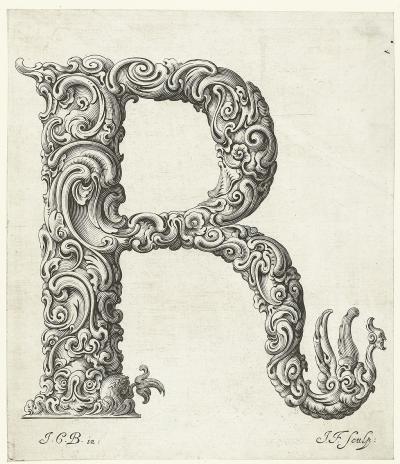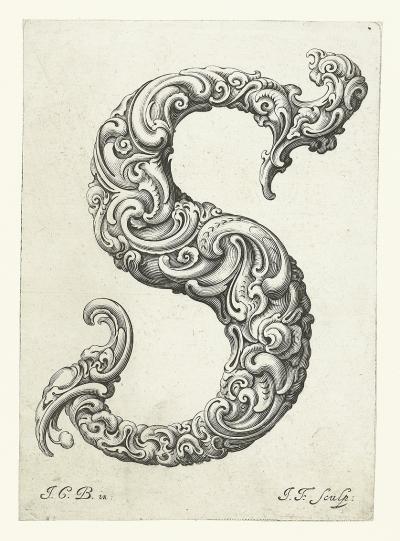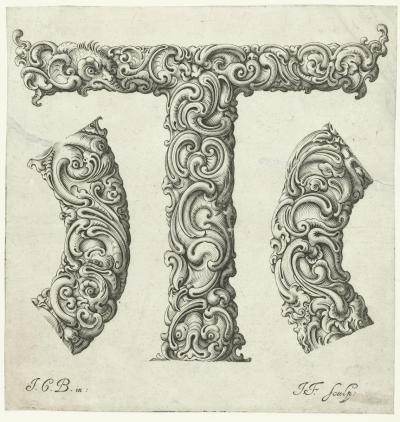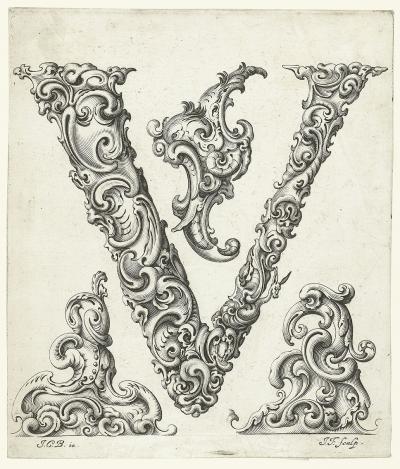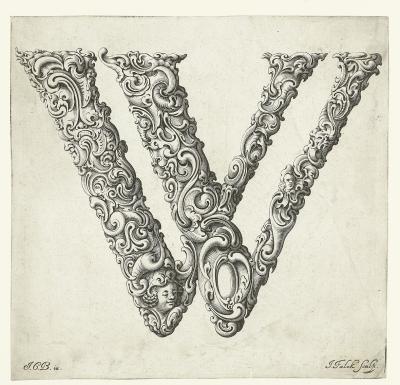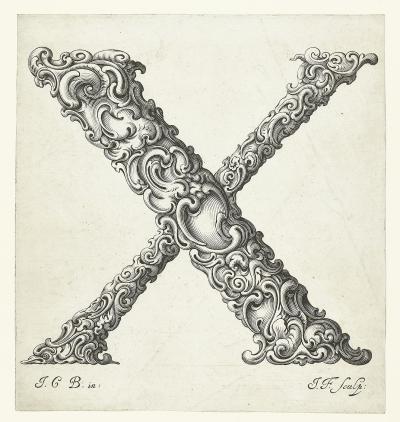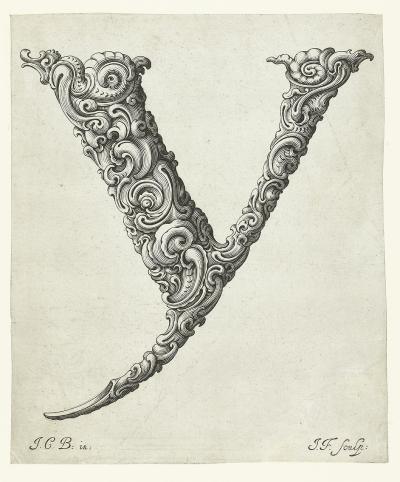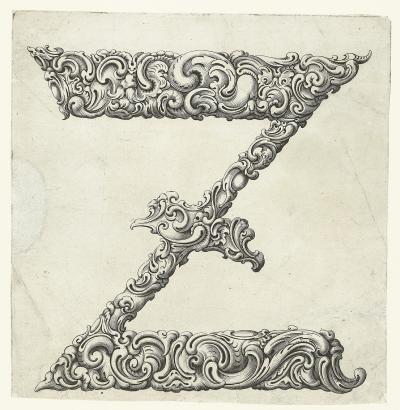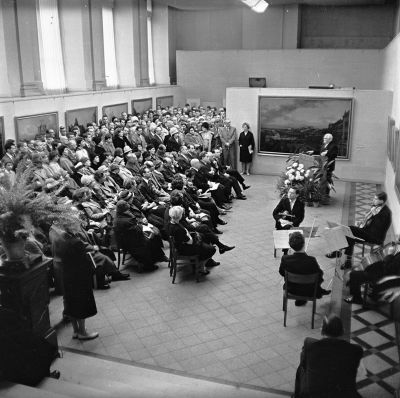Jeremias Falck

The engravings Falck made in Amsterdam between 1655 and 1657 are based on paintings from the “Cabinet Reynst”, some of which still exist in international collections. The painters to whom the original works are attributed by art historians sometimes differ greatly from the details given on Falck’s engravings. This is probably because the Reynst brothers were erroneously or consciously given false details by the sellers when they purchased the paintings in Venice. Hence the painting “Esau sells his birthright” that can be found in the Hermitage Museum in St Petersburg today, is now attributed to the Dutch artist, Matthias Stomer (ca. 1600 - after 1652), whereas Falck names the painter as the Venetian, Jacopo Tintoretto (Block 1, Ill. 69). The “Adoration of the Shepherds” by Lorenzo Lotto (1480-1557) is attributed by Falck to Paolo Veronese (Block 6, Ill. 70). A “Veneration of the Holy Family” by the shepherds, the young Tobias and other saints under the archangel Raphael has now been identified in Hampton Court Palace in London as a painting by Bonifazio Veronese (1487-1553), whereas Falck names the artist as Jacopo Palma il Vecchio (Block 10, Ill. 73). A “Carrying of the Cross” by Jacopo Bassano (ca. 1510-1592) can now be seen in the National Gallery in London; Falck, however names Paolo Veronese as the original artist (Block 18, Ill. 74). As with Falck, a “Portrait of Christ in the Temple” is still regarded as a painting by Andrea Schiavone (1510/1515-1563, Block 8, Ill. 71), the “Virgin Mary with the Christ child and St Anna” is listed as a picture by Andrea del Sarto (1486-1530, Block 9, Ill. 72). The “Ecstasy of St Paul” is clearly based on a painting by Johann Liss (ca. 1597-1631), the whereabouts of which are now unknown (Block 26, Ill. 75). The “Vision of St Peter” was clearly engraved from a painting by Domenico Fetti (1589-1624), that has now been lost (Block 29, Ill. 76). The “Old Woman at her Toilet Table” is based on a picture by Bernardo Strozzi (1581-1644, Block 156, Ill. 77), whereas Falck notes that both were painted by Johann Liss. The “Concert” is now regarded as the work of Giorgione (1478-1510) and not Guercino (Block 158, Ill. 78). The present whereabouts of two other paintings are now known: “The Prodigal Son with the Harlots” by Johann Liss (ca. 1597-1631) can be found in the Germanisches Nationalmuseum in Nuremberg (Block 160, Ill. 79); and a scene featuring “Queen Semiramis” by Guercino (1591-1666) is now in the Museum of Fine Arts in Boston (Block 155, Ill. 80).
All these works by Falck are contained in a book of etchings published by Cornelis Visscher, sometime after 1660, with the exception of a “Singing Couple” that was also in the “Cabinet Reynst”, and can be ascribed to several Dutch Masters, but probably not Cornelis van Haarlem, as noted by Falck (Block 157, Ill. 81). A duplicate of the engraving entitled “John the Baptist preaching a Sermon”, based on a painting by Abraham Blomaert (1564-1651) later appeared in Hamburg in 1661 (Block 14, Ill. 82). Block names four other paintings from the Reynst collection, from which Falck made engravings: a “Carrying of the Cross” by Paolo Veronese (Block 19), a “Crucifixion” by Antonis van Dyck (Falck’s large format engraving was once in the Poland Museum /Muzeum Polskie in Rapperswyl, Block 21), an “Entombment of Christ” and a painting entitled “Cyclops forge the weapons of Achilles”, both by Caravaggio (1571-1610, Block 24, 54). All in all Falck made eighteen such reproductions from paintings during his time in Amsterdam.




















































































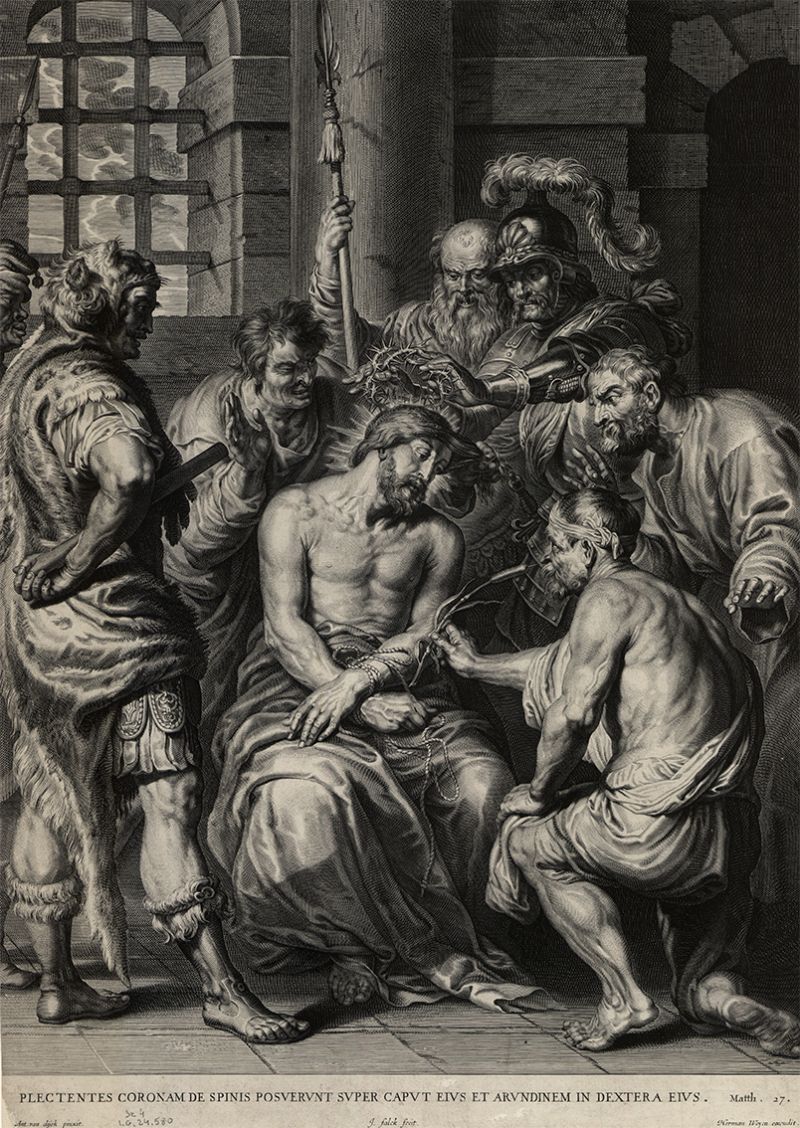
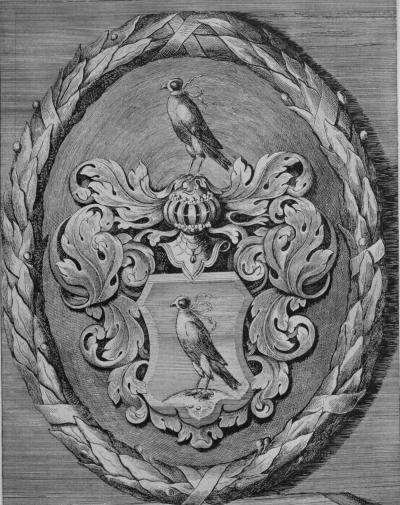
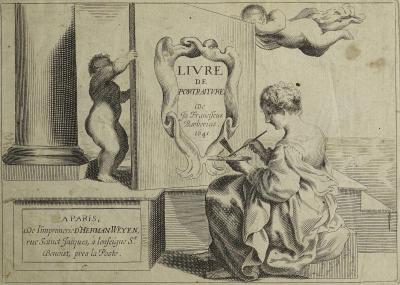

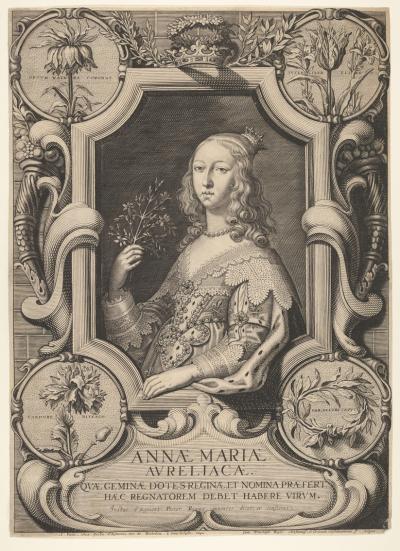
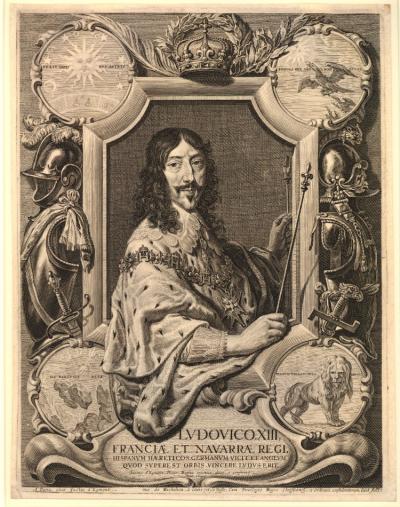
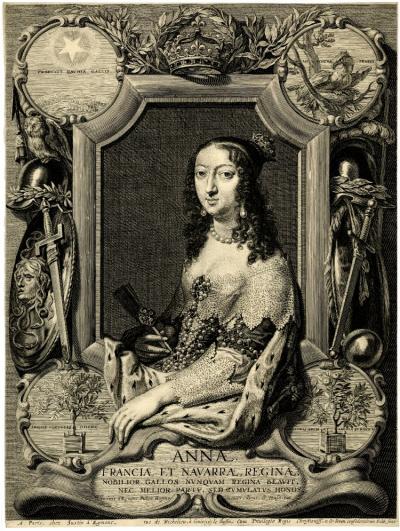
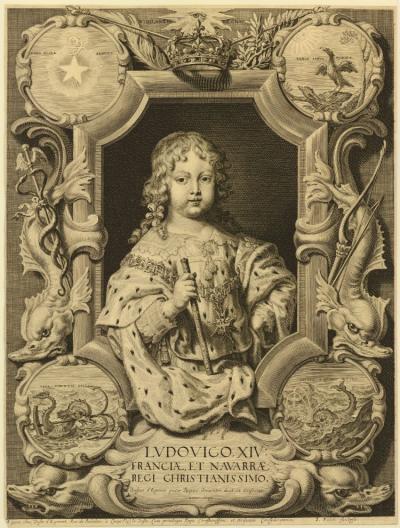
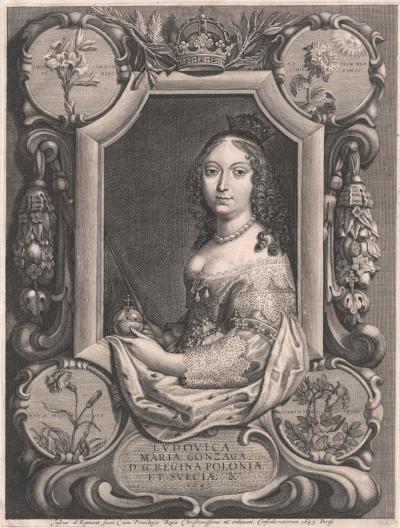
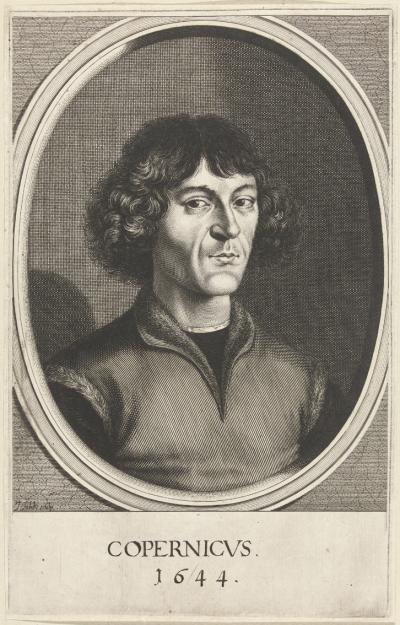
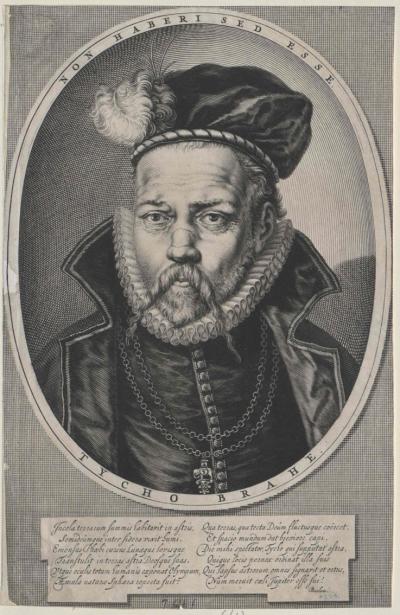
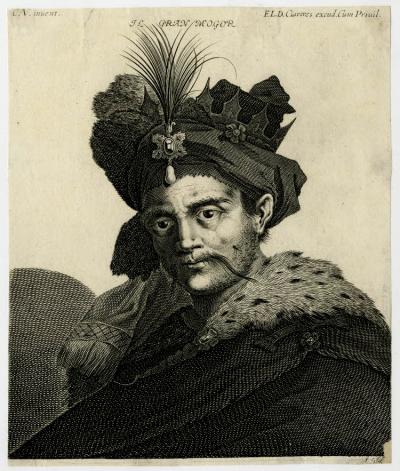
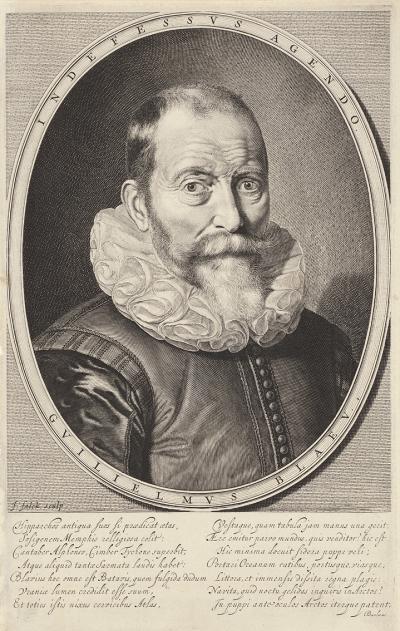
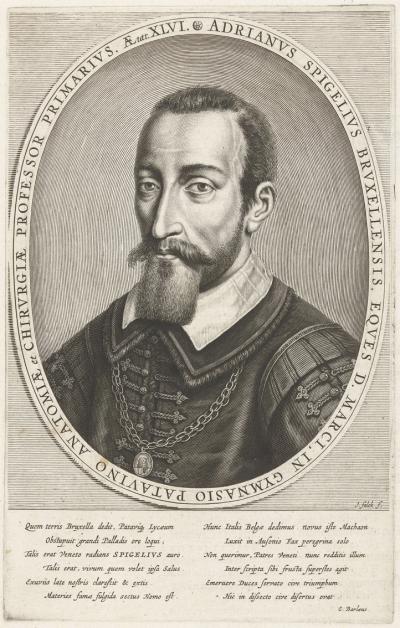
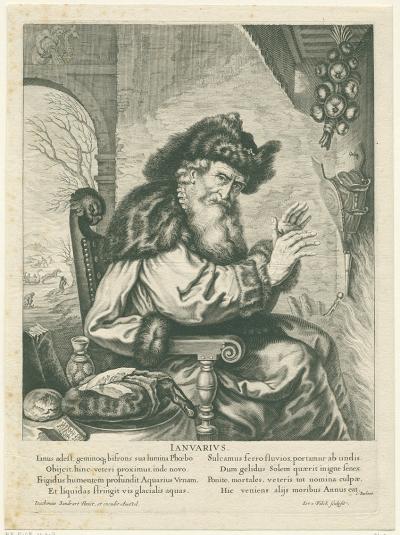
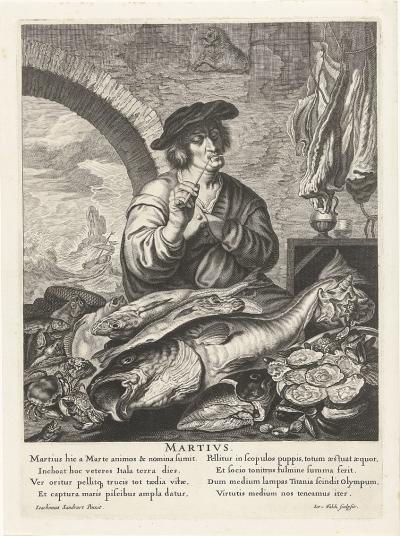
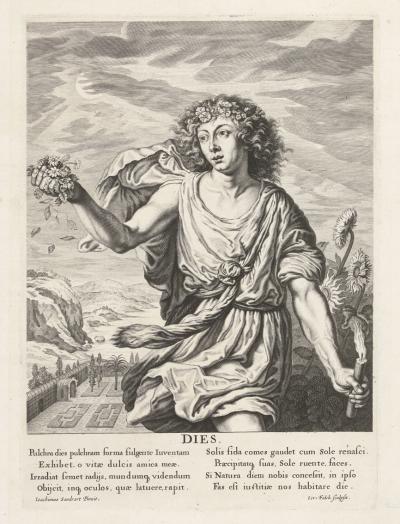
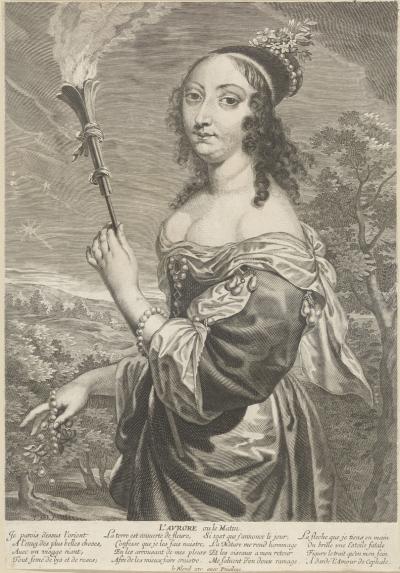
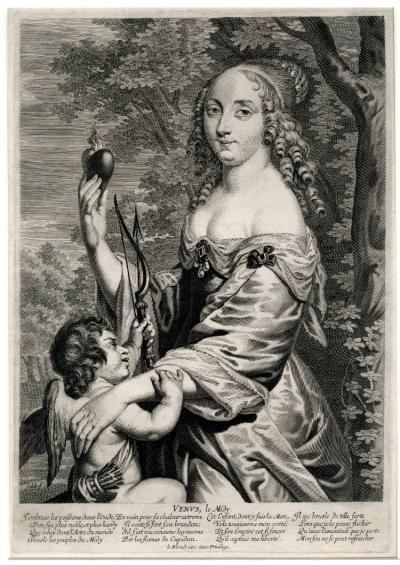
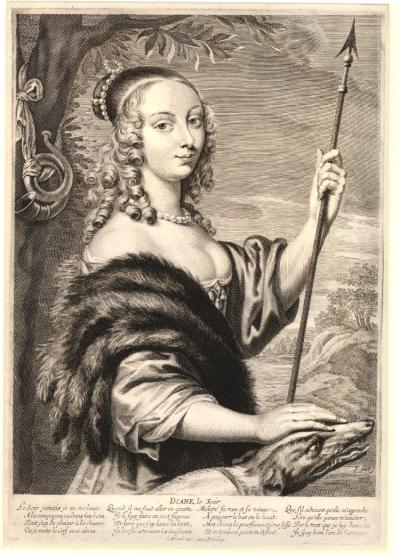
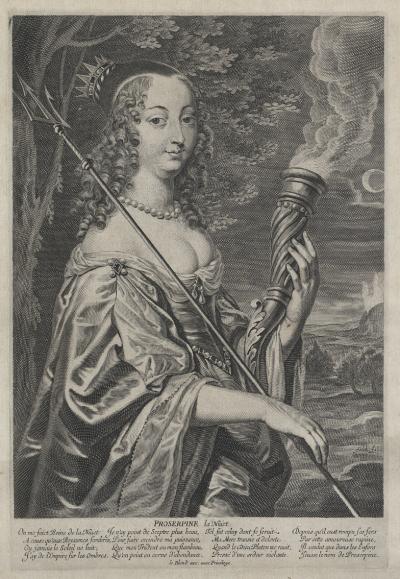

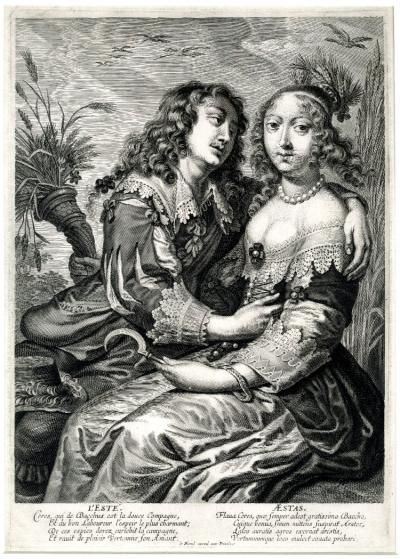
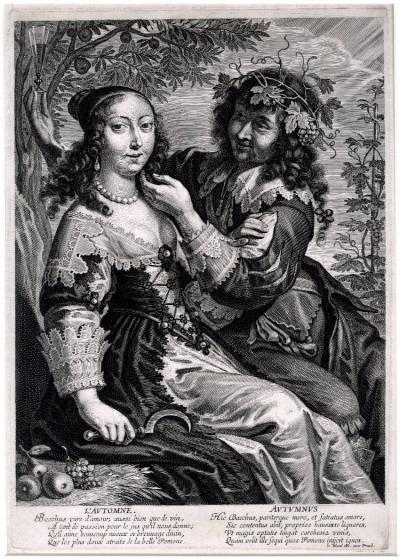
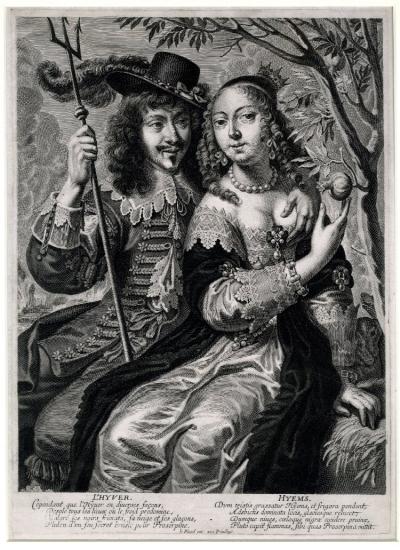
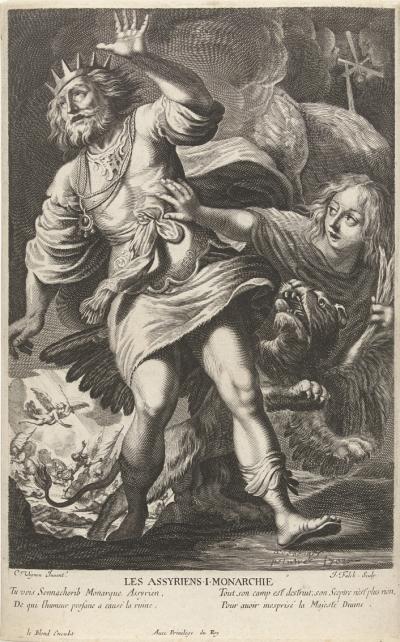
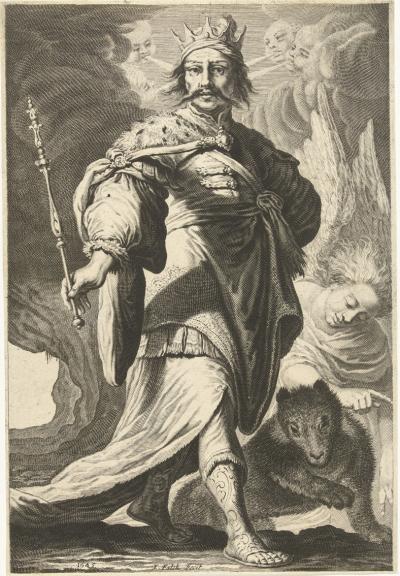

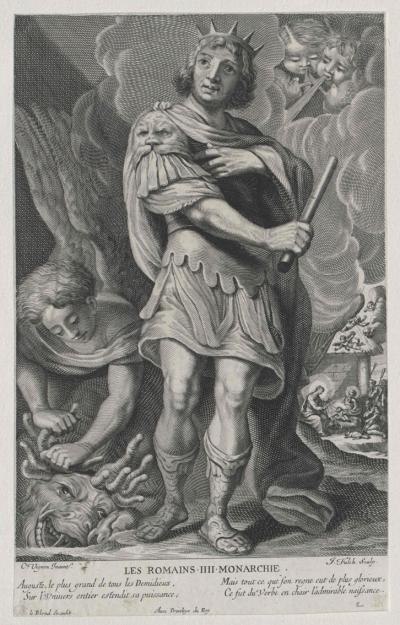
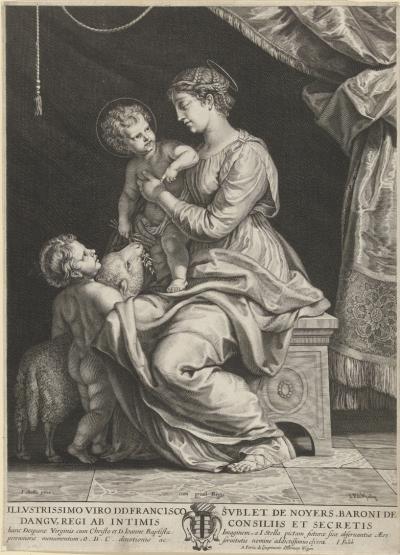
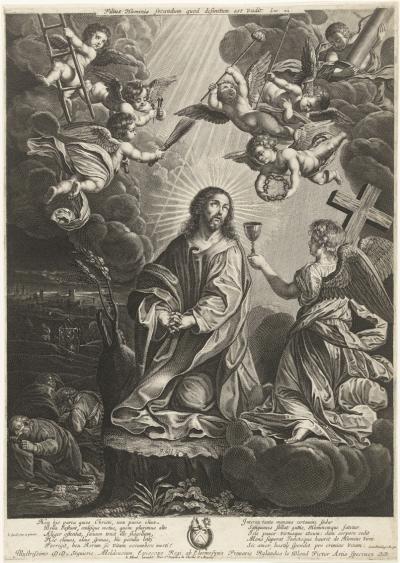

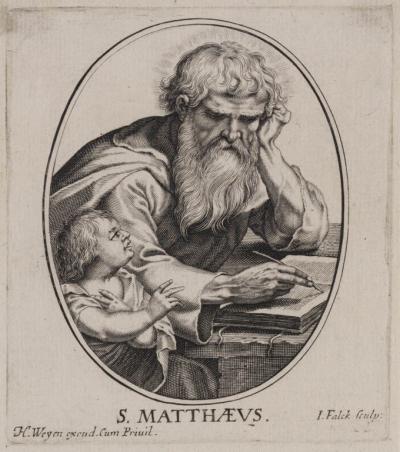
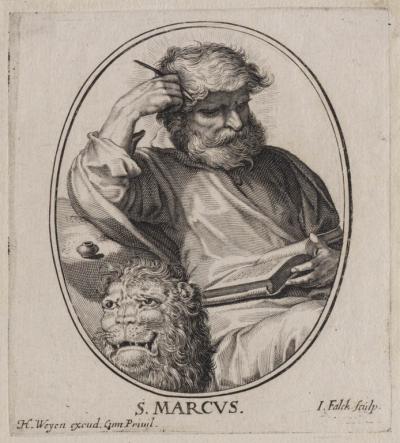
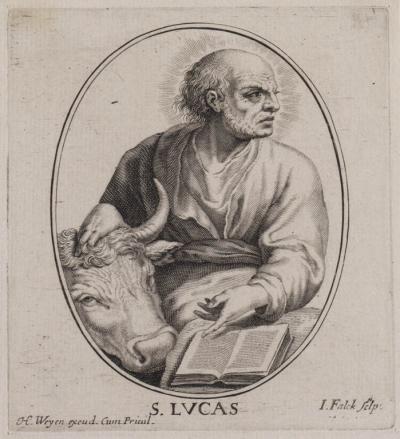
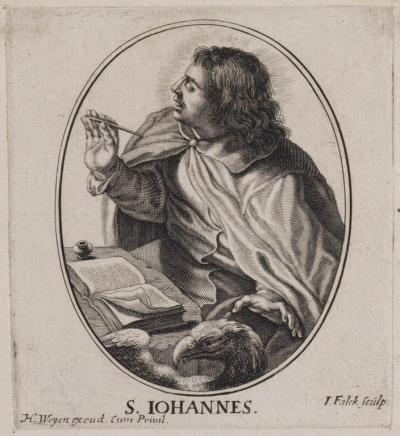
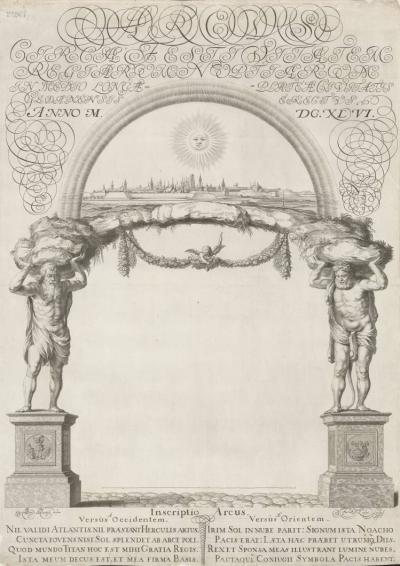

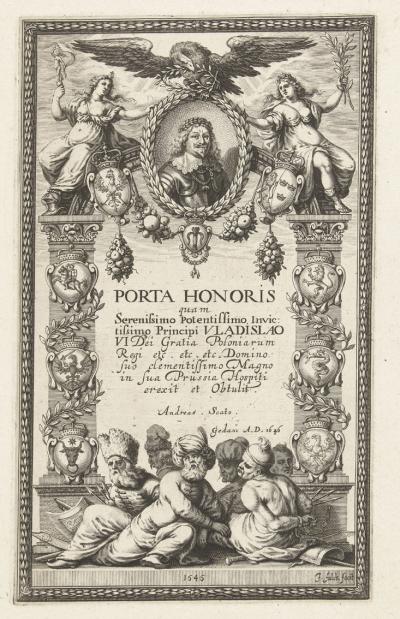
![Ill. 33: Title copper: Jerzy Ossoliński kneels before Pope Urban VIII Ill. 33: Title copper: Jerzy Ossoliński kneels before Pope Urban VIII - To the work by Jerzy Ossoliński: Illustrissimi et Excell[entissi]mi. Copper engraving after unknown. Original, 19 x 14,3 cm, not signed.](/sites/default/files/styles/width_100_tiles/public/assets/images/33_titelkupfer_1647_ossolinski.jpg?itok=In5yX0Cb)
